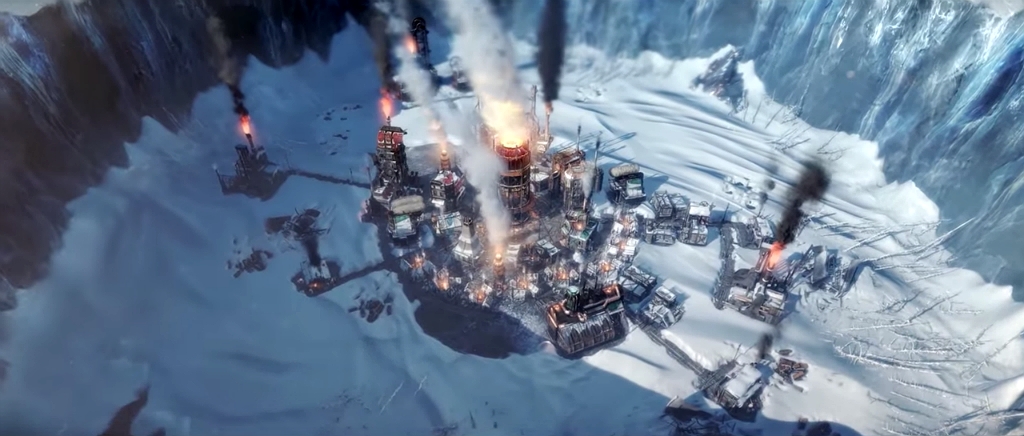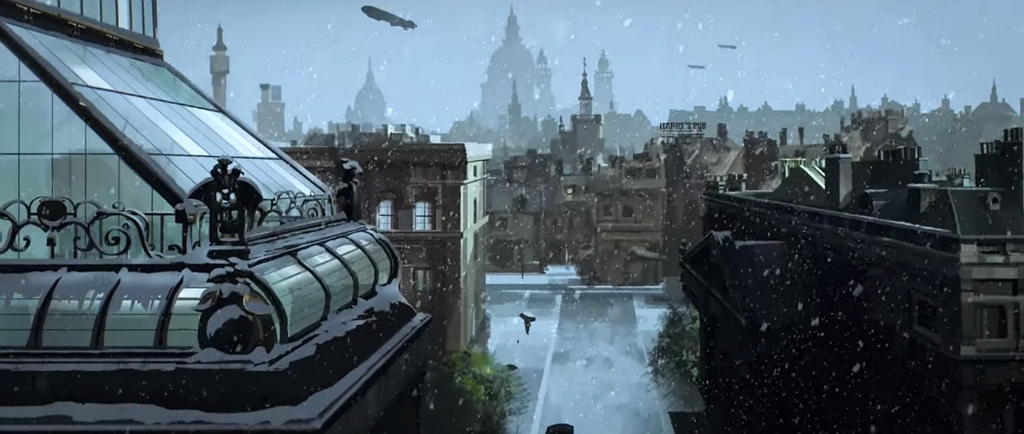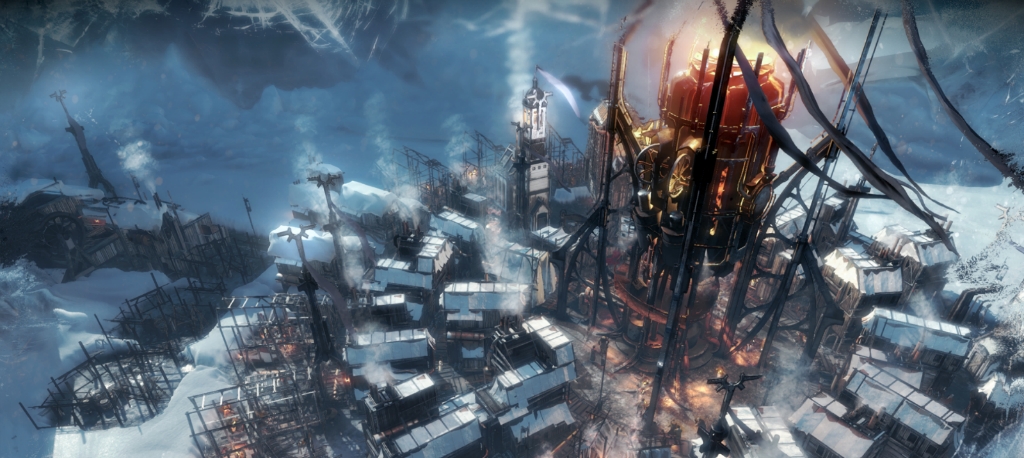If you need a game with hope, a flicker of light in a world perpetually defined by darkness, you don’t need Frostpunk. Things will go badly in the game, people will die, and no matter what, it will be your fault.
To accept that and still want to keep humanity’s last hope alive in the freezing cold of the steampunk winter is an important part of the process, one that can be very rewarding after you figure out how best to stop screwing up. Frostpunk sold more than a million copies on PC and its console launch in October is a retooling of the game that proved an extremely popular look at an alternate world where humans faced oblivion at the start of the Industrial Revolution not, say, right now.
Citybuilding survival games are not necessarily designed for graphical greatness, but this one does have a strong steampunk aesthetic that works well amid the bleak scenescapes of the tundra. Individual pieces of your city are difficult to distinguish at first, but as you spin around your buildings, they become familiar and distinct. It all works, even if the cutscenes never really bring much hope, unless you count more mouths to feed and keep warm as progress.
The first time you play the game, you will likely be a disaster. You’ll space out buildings incorrectly, and rebuilding them will cost you precious resources you’ll lament much later, when those stockpiles are gone and your people are freezing to death. Everything becomes a burden in Frostpunk, even existence itself sometimes, and it often feels like there’s no true right answer to any of the problems your city is facing. Should you send healthy settlers further away from you camp to search for survivors or any hope that the cold can be turned back? Is keeping everyone together and working enough to keep hope alive?

Frostpunk is constantly asking those questions, doing so in a downright poetic way. It’s all very good, though the good news in the game is few and far between. It’s actually exceedingly bleak, and even some of the things that raise hope a bit are brutal. You’ve never truly lived on the brink of extinction until you’re scouring your law trees and notice that building a fighting pit near their freezing tents will make your chilly citizens much happier than religion or just another unsatisfying meal. It’s a losing battle, and the indication is very clear that as you fight it, you may lose the humanity you’re trying to save along the way. Like I said, sh*t’s bleak sometimes.
Navigating those decisions, however, is surprisingly easy with a controller. The wheel system is seamless and once you start playing, spinning your city with the right stick and carrying out tasks with the left is a breeze. Thankfully, you can always just pause time itself to work your way through a particularly rough set of circumstances, switching people between locations and deciding what’s best while the world waits for you to make things better.

But the game is as challenging as you want it to be, and given that the death of the human race is at stake, it feels right that it can be extremely hard to know the best course of action. It’s also satisfying, in a way, that there isn’t an easy way out. You’re going to make mistakes, and just trying your best isn’t good enough for basically anyone involved.
If you already feel like you disappoint enough people in your life and don’t need to do that in a video game, perhaps the genre isn’t for you. But if you’re willing to give saving the world a shot, you may as well be able to make up the rules in the cold of what’s left.

